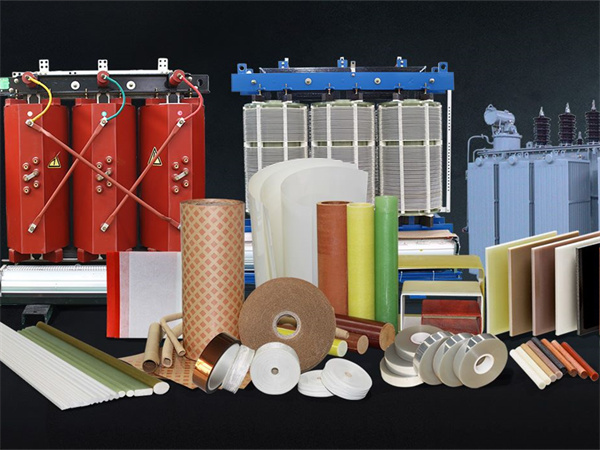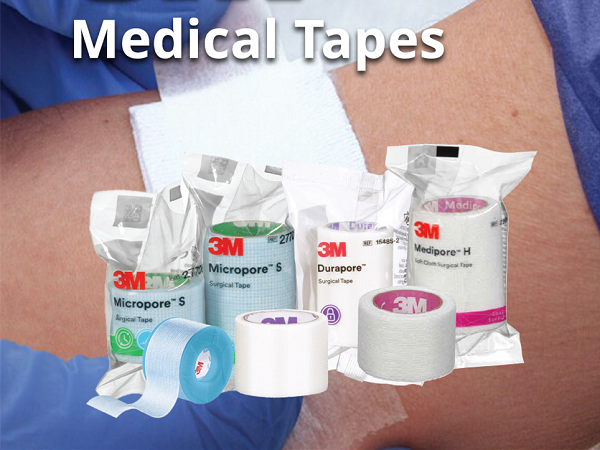Transformer insulation papers and flexible laminates are essential materials that ensure dielectric strength, thermal endurance, and mechanical stability in transformers, motors, and other electrical equipment. These materials are widely used in dry-type transformers, oil-immersed transformers, motors, and other high-voltage electrical systems. Below are seven commonly used insulation materials.
- Composition: A DMD laminate impregnated with heat-resistant epoxy resin, pre-baked for stability and easy curing during assembly.
- Thermal Class: F (155℃)
- Key Features: High mechanical strength, strong bonding after curing, low volatile content for reliable insulation.
- Applications: Dry-type transformer interlayer insulation, motor slot insulation, laminated tubes.
- Composition: DMD material coated with diamond-pattern epoxy resin, partially cured for bonding during heat treatment.
- Thermal Class: F (155°C)
- Key Features: Strong adhesion, good dielectric strength, available in various thicknesses and widths.
- Applications: Interlayer and turn insulation in oil-immersed transformers, motor windings, cable shielding.
- Composition: Electrical kraft paper with diamond epoxy coating for oil-immersed transformers.
- Thermal Class: A (105°C)
- Key Features: High purity, stable bonding, compatible with transformer oil.
- Applications: Turn-to-turn insulation, layer insulation, anti-corona applications.
AMA Insulation Paper
- Composition: Three-layer flexible laminate: polyester film (PET) bonded with hot rolling aramid paper on both sides using F-class adhesive.
- Thermal Class: F (155°C)
- Key Features: Excellent heat resistance, dielectric strength, mechanical durability,good cutting and overload resistance, compatible with varnish.
- Applications: Slot, interturn, and liner insulation for F-grade motors and electrical appliances.
- Composition: Three-layer laminate: polyester non-woven + polyester film + non-woven.
- Thermal Class: B (130°C) / F (155°C)
- Key Features: Good insulation strength, cost-effective, compatible with impregnating varnishes.
- Applications: Slot liners, phase insulation, interlayer barriers in motors and transformers.
DM Insulation Material
- Composition: Two-layer laminate: polyester film + non-woven polyester.
- Thermal Class: B (130°C) / F (155°C)
- Key Features: Thin, flexible, suitable for space-limited designs.
- Applications: Low-voltage transformers, automatic coil insertion, heavy-duty windings.
Power Cable Insulation Paper
- Composition: Pure cellulose-based kraft paper for oil-immersed applications.
- Thermal Class: A (105°C)
- Key Features: High stiffness, excellent dielectric strength, certified by UL, ROHS, and REACH.
- Applications: Cable wrapping, transformer oil-barrier insulation.
How to Choose the Right Transformer Insulation Material?
- Match Thermal Class to Operating Temperature
1. Class A (105°C): Kraft-based papers like DDP,Cable Paper.
2. Class B/F(130-155°C): DMD,DM,Epoxy Prepreg DMD for motors and dry-type transformers.
3. Class H(180°C): Aramid-based laminates for high-temperature or heavy-load conditions.
- Consider Application Needs
1. Layer/Turn insulation→DMD,DDP, Diamond Dotted DMD.
2. Slot/Phase insulation→DMD, DM, AMA.
3. Cable shielding & wrapping →Cable paper,DMD.
4. Structural bonding →Epoxy prepreg, diamond-coated materials.
- Assess Processing Method
1. Heat-curing required →Epoxy prepregs, Diamond Dotted materials.
2. Easy cutting & automatic insertion→DMD, DM, AMA.
- Verify Compliance & Oil Compatibility
1. Ensure materials meet UL, ROHS, REACH and transformer oil standards.
Contact GBS Die Cut
Looking for reliable insulation paper for your transformer projects? Send us your drawings or specifications, and our engineers will recommend the most suitable type.


